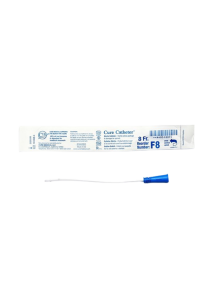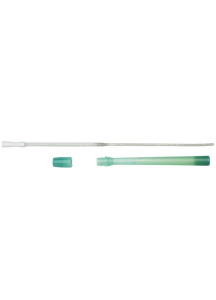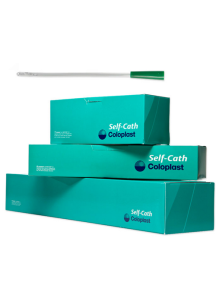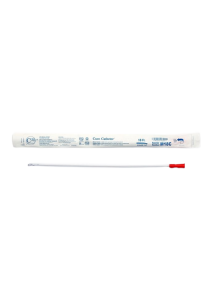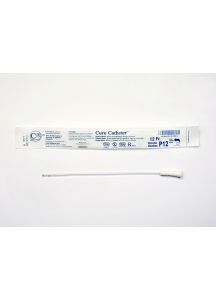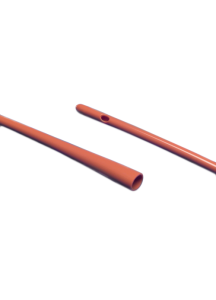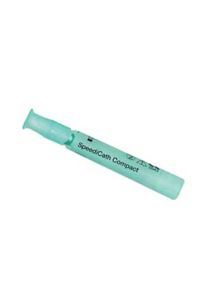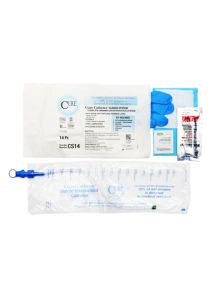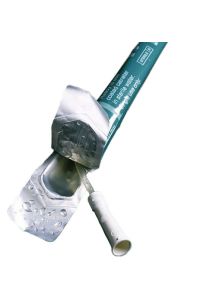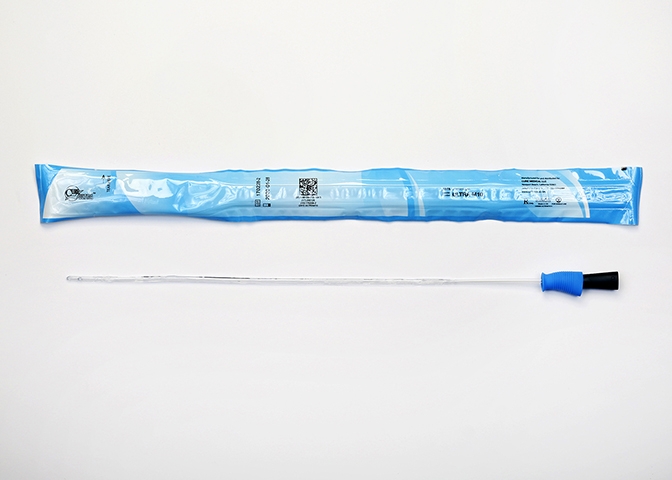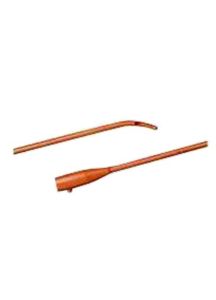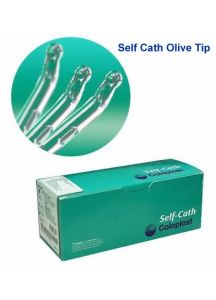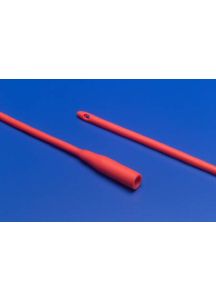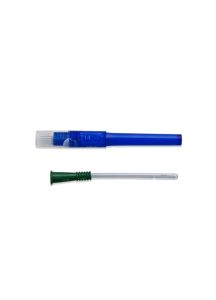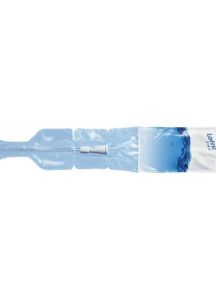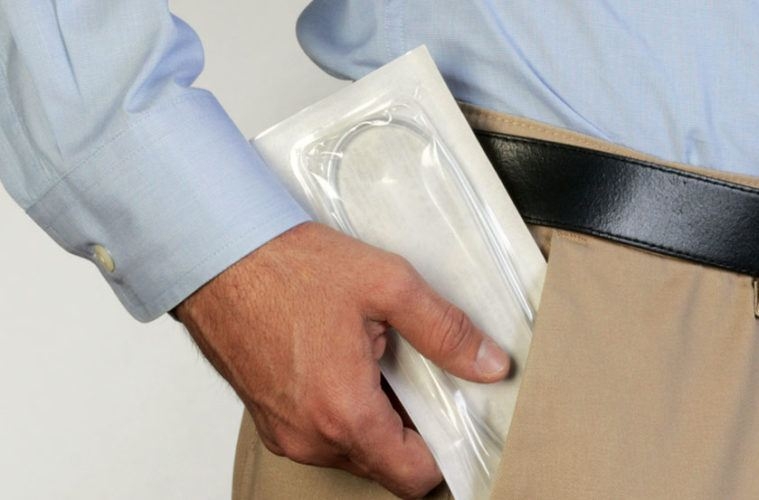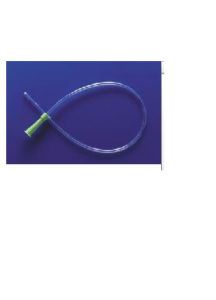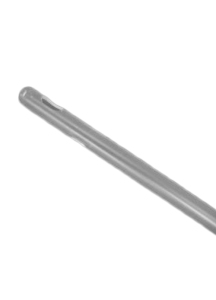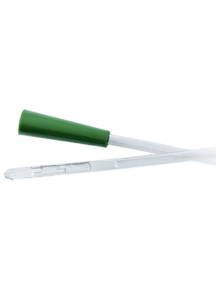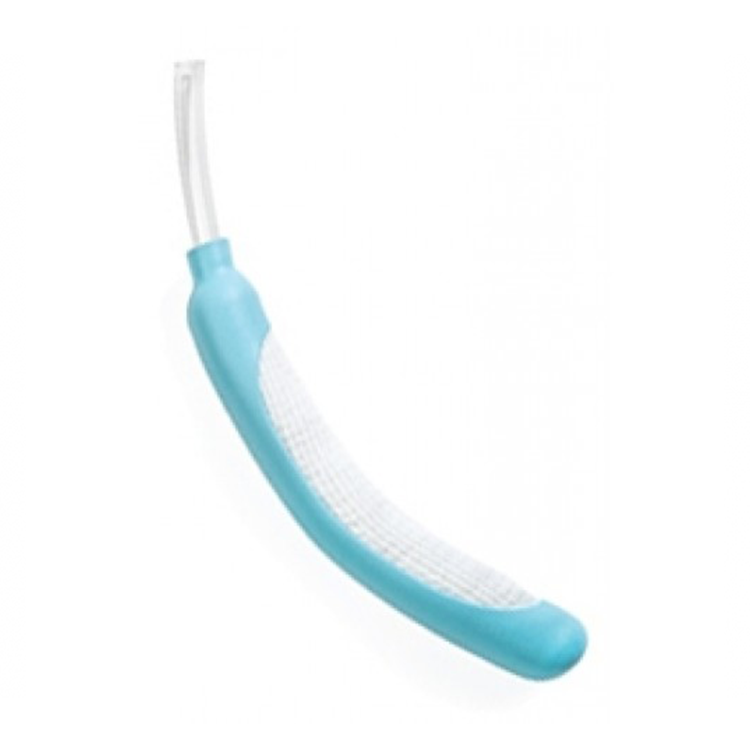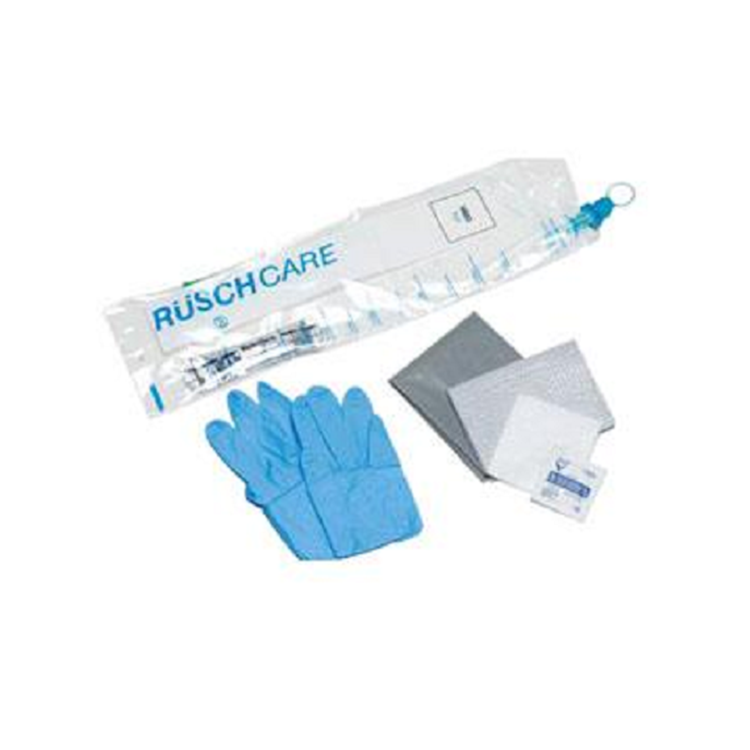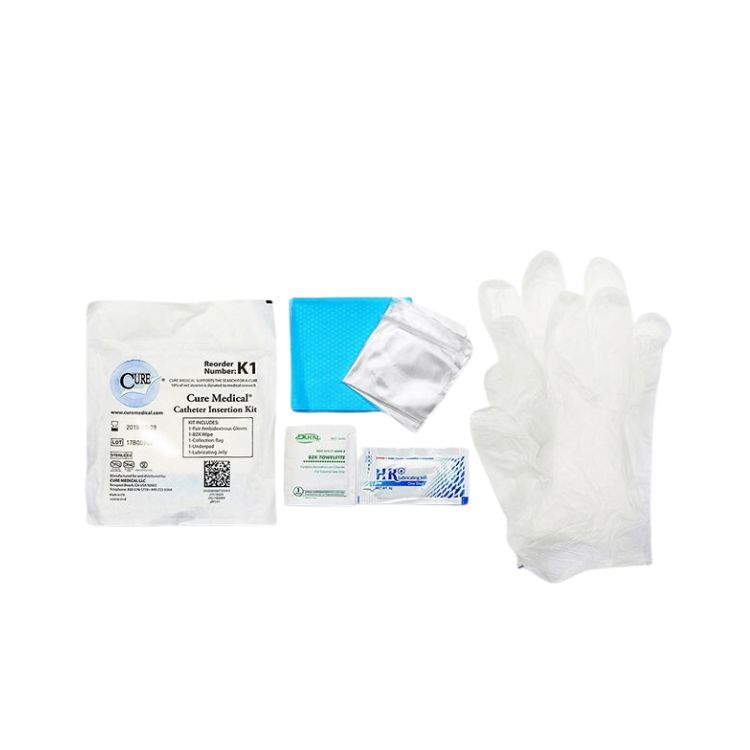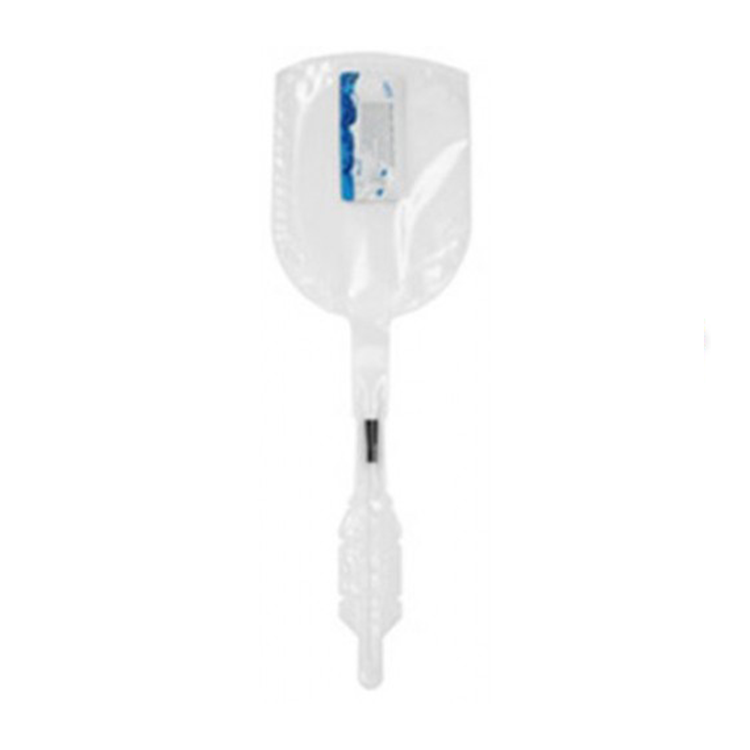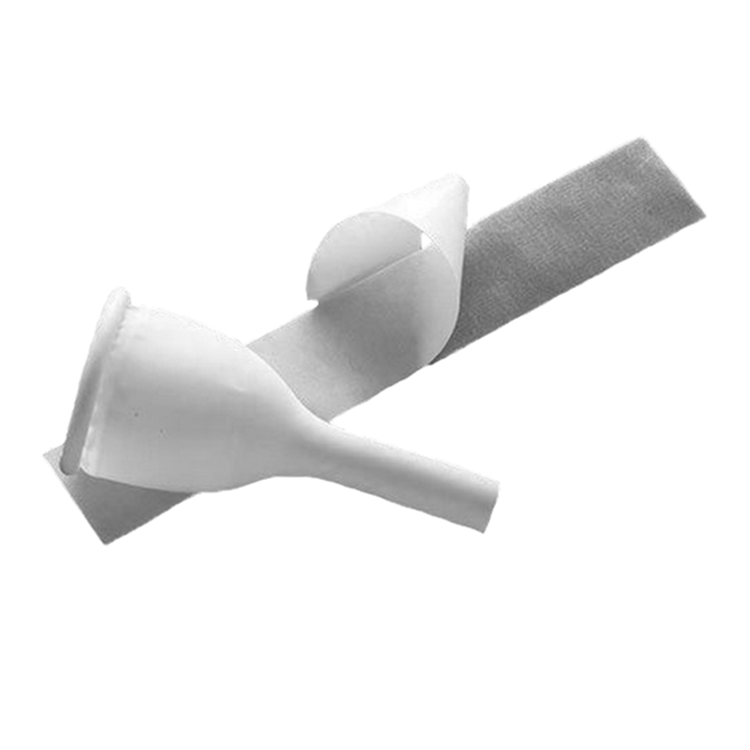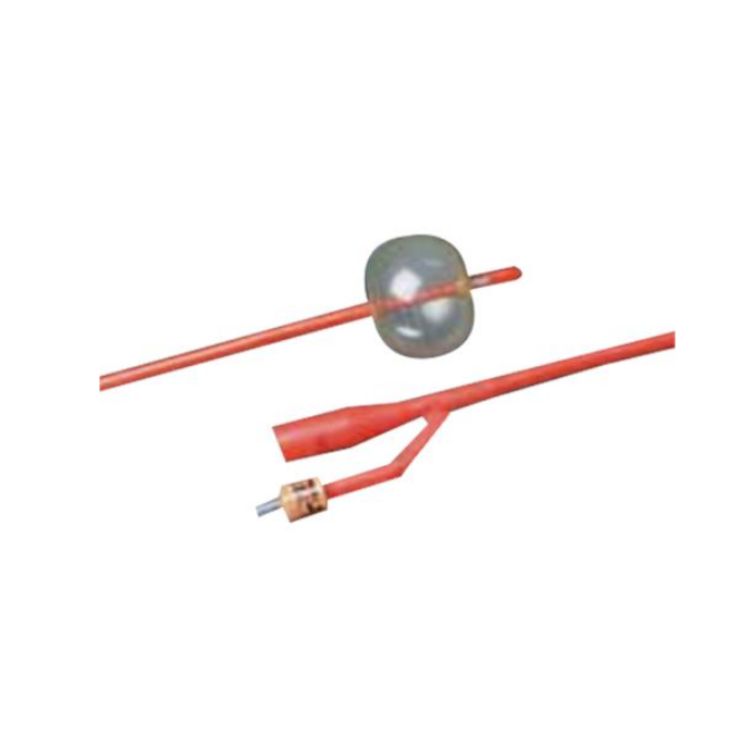Intermittent Catheters
Blowout Medical is your one-stop online shop for all your medical supply needs. We offer a wide range of high-quality medical products, including Intermittent Catheters, which are used for patients with urinary retention and other urinary issues. Our Intermittent Catheters are made with the highest quality materials and designed to provide maximum comfort and ease of use. They are available in different sizes and types to cater to different individual needs. Our Intermittent Catheters are not only affordable but also come in various brands to provide our customers with a wide range of options to choose from. Our customer service team is always on standby to help you choose the best brands that suit your needs. Blowout Medical is dedicated to providing its customers with high-quality medical products at the best prices possible. All our medical supplies are FDA-approved, and we guarantee that they will meet your requirements. Shopping for Intermittent Catheters has never been easier with our user-friendly website. You can shop from the comfort of your home, and your order will be delivered to your doorstep within a short period. At Blowout Medical, we prioritize our customers' satisfaction hence the reason we offer a 100% customer satisfaction guarantee. Shop for the best Intermittent Catheters today with Blowout Medical, and experience the ultimate convenience.

